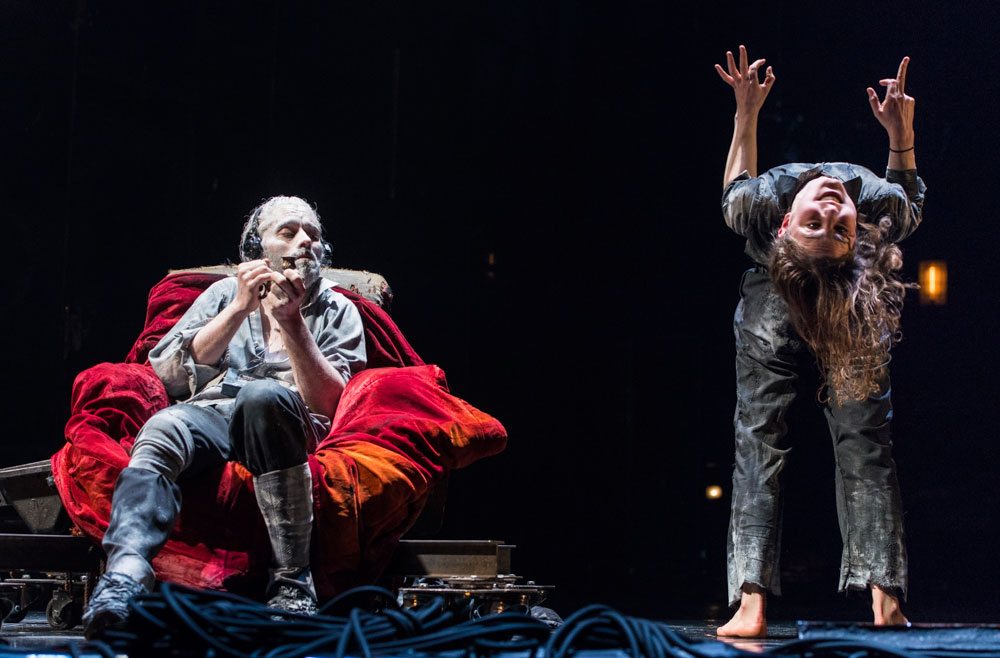Warning: Undefined array key "sharing_networks_networks_sorting" in /var/www/wp-content/plugins/monarch/monarch.php on line 3904
Warning: Trying to access array offset on value of type null in /var/www/wp-content/plugins/monarch/monarch.php on line 3904

Photo: courtesy of commons.wikimedia.org
Acclaimed theater director and actor James Thierrée brings dystopia and madness to the stages of the BAM Howard Gilman Opera House from September 30 to October 4 this year with Tabac Rouge. It comes as no surprise that Thierrée is the grandson of Charlie Chapman and he grew up in a family of French circus performers, because his mastery of physical theater is truly phenomenal.
If you focus too hard on finding a narrative in this play you might be disappointed, but the visual elements are striking enough to keep your attention throughout the performance. The overwrought, antique mechanical set design evokes the wrecked hull of a ship, as do the military epaulettes on the dusty costumes of the performers.The choreography is otherworldly, and the dancers are world-class. The music is sometimes tinny, sometimes reminiscent of a loony house of mirrors, and there is no dialogue except for the anxious outbursts of gibberish that come from the performers. The effect is at once gloomy and fantastical.
Thierrée himself plays a demented, ashen-faced tyrant who mopes in self-hatred and leers with fury over his crew of twitchy sailors and minions. The mostly-female cast sometimes scuttle like crabs across the stage, and sometimes flail and convulse like tightly-wound mechanical mice. Canadian contortionist Valérie Doucet gives an especially riveting performance as Thierrée’s deranged pet. Her startling, elaborate handstands and acrobatics are nothing short of astounding; as well as the fact that she giggles maniacally and blows spit bubbles like a child throughout.
The humor and mood recall Beckett, in the sense that there seems to be a push and pull between “Okay, I shall TRY to go on,” and “No, I give up.” Thierrée’s kingdom is confined by a high wall of tarnished mirrors, which he sometimes bellows at like the walls of a prison. At times he seems to consider his reflection in the mirrors—sometimes loving what he sees, and sometimes despising it. Like King Lear, he oscillates between regret, nostalgia and anger. He also often struggles, comically, to walk on his wobbly, jerky, disjointed limbs, definitely an homage to Chaplin. I think such moments of humor are well-delivered.
Critics at the New York Times and the Guardian have complained that the narrative is too foggy to properly deliver its thematic point, but I think the brooding mood is clear enough. There is fragmentation of thoughts and bodies. There is smoke and there are mirrors. At the end, the actors break down the imposing wall and it transforms into a shattered ceiling, with its broken panes of glass twirling above the mad ruler’s head. It is perhaps symbolic of his breaking free from the confines of his madness; it is perhaps symbolic of his death.
At any rate, the ensemble of nine extremely talented dancers, clowns and performers that make up the Compagnie du Hanneton are top-notch. And the production value is breathtaking by itself. If have have a chance to see Tabac Rouge, it is definitely recommended.
-by Rachel Veroff

